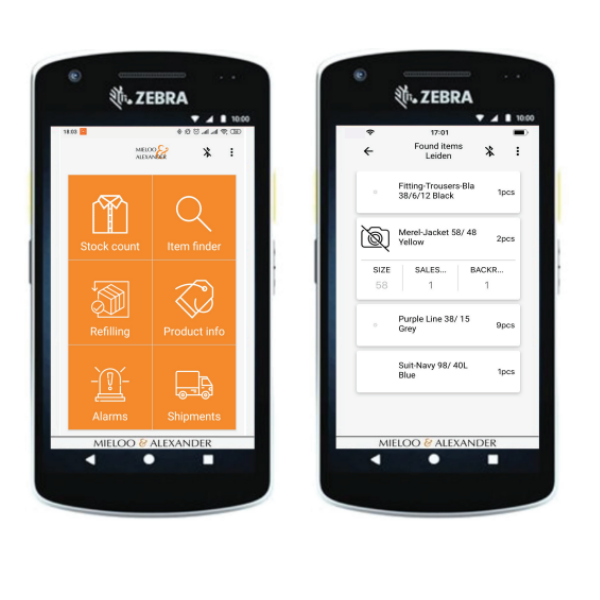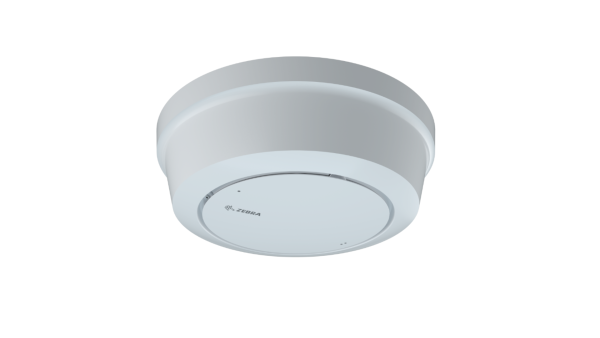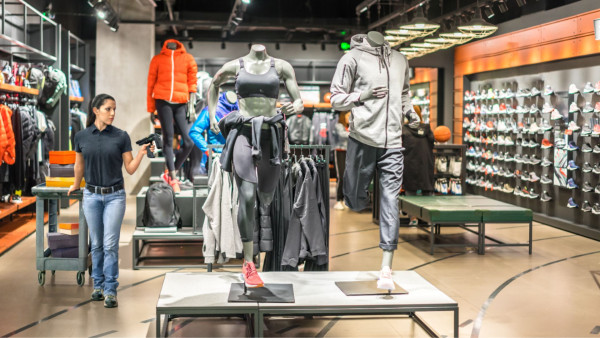Fashion retailer increases sales significantly with smart RFID solution
The rapid development of innovative technology is having a profound impact on consumer behavior. Competition is fierce and simply placing products in the store is no longer enough. So, retailers are launching loyalty programs and impressive marketing campaigns. However, the priority remains to always have the products that your customers want in stock at that moment. That sounds simple, but is it? Research consistently shows that many retailers struggle to keep stock up to date. In stockrooms, every square inch is used for storage. Products are stacked to the ceiling, making inventory management quite the challenge. Imagine wanting to know what’s in stock, what’s in store, and what has been sold every minute of every day? From a technical point of view, this was always very hard to achieve. Mieloo & Alexander was able to map the journey that products take within the store and stockroom in real-time and significantly increase inventory accuracy for this global fashion retailer.
“How do you maximize sales if your inventory is only 70% accurate?”
“Inventory accuracy is an important metric. Retailers concerned about this often maintain a product buffer to ensure they have what the customer wants at all times.
Real-time inventory management
An inventory accuracy of 98% is great and significantly better than 70%. But what more can you do with RFID? In this case, Mieloo & Alexander went a step further, implementing real-time inventory management, including a divide between the stockroom and the store floor. “Instead of working with snapshots, this retailer now has continuous insight into the number of available products, sizes, and their location,” Rob adds.

“Separating the store floor from the stockroom did pose a challenge. After all, RFID’s great advantage is that it picks up absolutely every tag - from a distance and even through walls. But, in this case, that is also the technology’s biggest disadvantage. Combining Araneo, a software solution by Mieloo & Alexander, with the Zebra Smartlens infrastructure, it is now possible to make this specific distinction automatically and in real time.” - Rob Sliedrecht, Mieloo & Alexander.
Chokepoint readers
After Mieloo & Alexander successfully isolated the stockroom from the store floor by placing a so-called ‘chokepoint reader’ between the two, the team installed more RFID chokepoint readers to register the movement of each product within the store. They did so at all critical points, like the door to the stockroom, the hall between the stockroom and the store floor, the cash register, and the exit security gates.
Zebra smartlens overhead readers

Although the results were already outstanding, Mieloo & Alexander noticed thatthe RFID chokepoint readers sometimes missed a tag. Therefore, in stores where large numbers are converted daily, it was still necessary to do a stock count with RFID hand readers.“Because we wanted to fully automate the stock counting process for this customer, we added the Zebra SmartLens Overhead Readers,” Rob explains. “The Zebra SmartLens Overhead Reader allows us to map the journey that products take within the store and the stockroom in real time, quickly and accurately, further increasing inventory accuracy beyond 98%.” “If a box of 200 products moves from stockroom to store floor, we can read all these tags with 99% accuracy while ignoring the stationary tags surrounding it. But, we can also answer questions like ‘how many times has a product been in the fitting rooms before we sold it?’ and explore many more advanced applications! That’s a real game-changer for RFID in retail.” - Rob Sliedrecht, Mieloo & Alexander.

